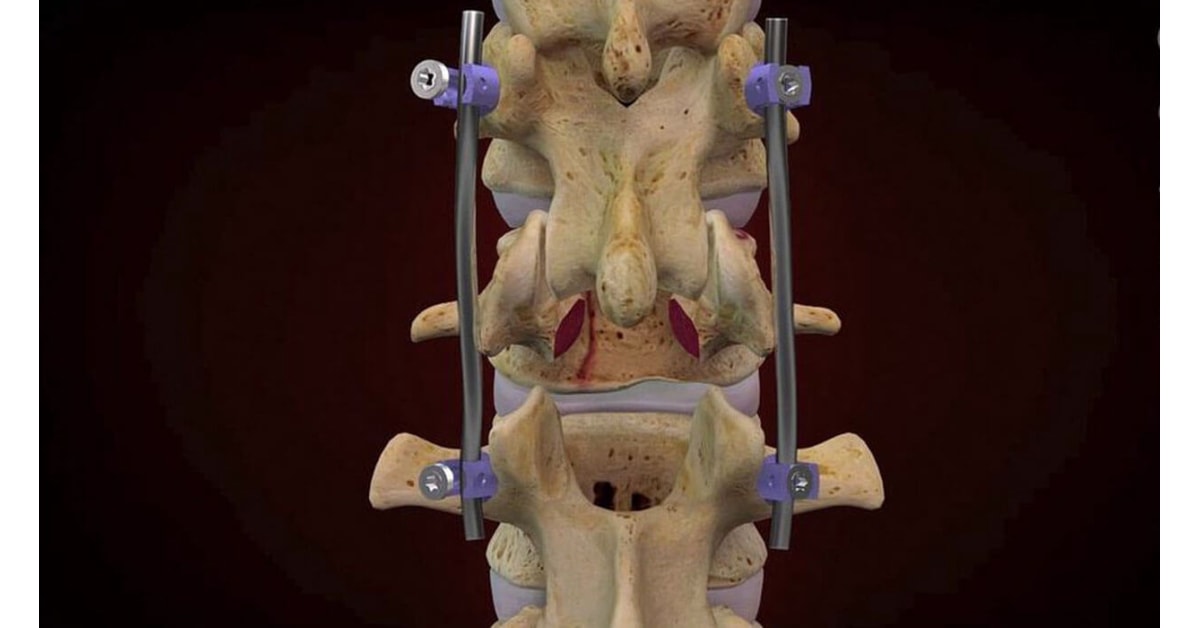

Chronic fractures, due to slight, prolonged stress, are less common. Fractures usually arise because of extreme mechanical stress at the moment of trauma. Traumatic fractures are further classified as occurring with or without displacement of fragments and as being oblique, transverse, or comminuted. Spontaneous fractures involve a history of bone disease, while traumatic fractures do not the latter type can be either closed or open, depending on whether there is an external wound. (in medicine), a disruption of the anatomical integrity of bone as a result of injury.įractures are extremely rare during the intrauterine life of a fetus. Skull and jaw fractures require special treatment. Surgery that involves implanting metal pins or screws to join broken bones may be necessary in certain cases traction devices are used to align bone fragments. X rays aid in the repositioning of the bone as well as in determining the state of healing. Proper setting of bones and the application of a cast should be performed by a doctor. Proper early measures may be instrumental in saving life and ensuring a better and more rapid recovery. Immediate and temporary treatment of a victim of sudden illness or injury while awaiting the arrival of medical aid. A person with a fracture should not be moved unless the broken bone has been splinted or otherwise immobilized (see first aid first aid,

Osteoporosis, the leaching of calcium from the bone, can cause spontaneous fractures, as can malnutrition and cancer. Fractures are caused most often by injury, although certain pathological conditions may predispose a bone to fracture. The bones of older people are especially liable to fracture, although no age is exempt.
#Burst fracture skin
A compound fracture is one in which the broken bone is in contact with the air because there is a wound through the skin the bone may project through the wound. In multiple fracture there is more than one break. In greenstick fracture (common in children) one side of the bone is fractured and the other side bent. In a comminuted fracture the bone is splintered. A simple fracture is one in which there is no contact of the broken bone with the outer air, i.e., the overlying tissues are intact. Therefore, highly unstable fractures may require extended, long or hybrid fusion constructs for optimum stability.Fracture, breaking of a bone. CONCLUSIONS: For the injury created, LPF and HPF provided better stability than SPF with and without anterior column augmentation. Injecting CaP provided minimal additional stability. Furthermore, the instrumented constructs did not provide significant rotational stability. All instrumented constructs (SPF, HPF, and LPF) significantly reduced ROM in FE and LB compared to the injured condition. Only LPF constructs and HPF with anterior column augmentation significantly reduced mean ROM in FE and LB compared to the intact state. RESULTS: The reduction in mean ROM trended as follows LPF>HPF>SPF. Range of motion (ROM) was recorded at T12-L2 in FE, LB, and AR. Tested surgical constructs included the following intact, injury (BF), SPF (T12-L2), HPF (T11-L2), LPF (T11-元), SPF+CaP, HPF+CaP, LPF+CaP, and CaP alone (CaP).
#Burst fracture simulator
METHODS: Seven human thoracolumbar spines (T9-L4) were tested on a six degree of freedom spine simulator in three physiologic planes, flexion-extension (FE), lateral bending (LB), and axial rotation (AR). OVERVIEW OF LITERATURE The ideal treatment for thoracolumbar BF is controversial regarding the use of short or LPF constructs. PURPOSE: The current study is aimed at investigating the differences in stability between short posterior fixation (SPF), hybrid posterior fixation (HPF), and long posterior fixation (LPF) with and without anterior column augmentation using calcium phosphate bone cement (CaP) for treating burst fractures (BFs).


 0 kommentar(er)
0 kommentar(er)
